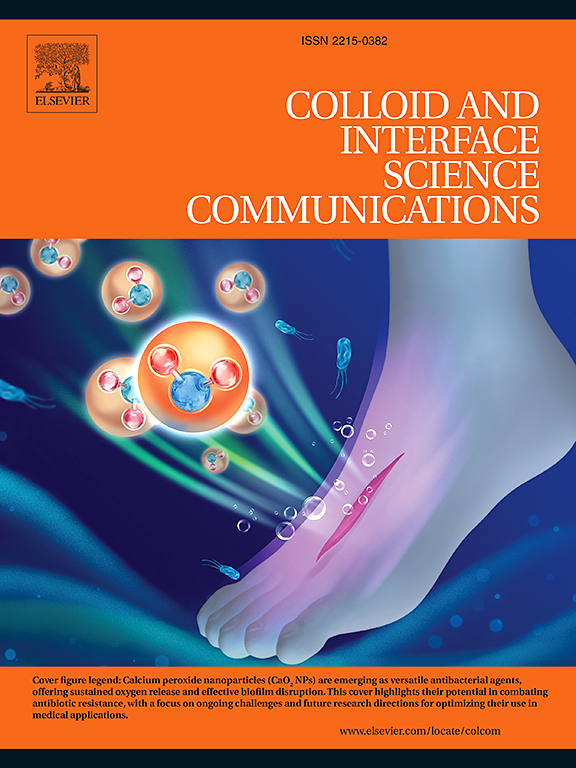Iron biomineralization by mediation of clMagR/clCry4 protein contribute to T2 contrast enhanced in MRI
IF 4.7
3区 材料科学
Q2 CHEMISTRY, PHYSICAL
引用次数: 0
Abstract
Recent findings have sparked great interest in MagR/Cry4 protein that underpin animal magnetoreception. We tried to make progress in characterizing the Columba livia clMagR/clCry4, and connecting its properties to biological impacts. Throughout natural evolution, new functions of protein were never constructed from scratch, but from pre-existing parts. The clMagR/clCry4 was certainly not an exception. By employing synthetic biology, protein heterologous expression approach allowed protein function to be borrowed from nature to study their new traits. We introduced clMagR/clCry4 into the natural bacteria constructing the recombinant bacteria that perform biomineralization process. Our current work efforts were focused on investigating iron biomineralization in clMagR/clCry4 using electron microscopy. This is only one study, thus far, that describes clMagR/clCry4 deem as a likely candidate as iron biomineralization protein. Notably, iron biomineralization brings clMagR/clCry4 closer to its potential magnetoreception. Additionally, the obtained iron biominerals have shown a great promise to serve as T2 contrast agents for MRI application.

clMagR/clCry4蛋白介导的铁生物矿化有助于MRI增强T2对比
最近的发现引起了人们对支撑动物磁接受的MagR/Cry4蛋白的极大兴趣。我们试图在Columba livia clMagR/clCry4的表征以及将其特性与生物学影响联系起来方面取得进展。在整个自然进化过程中,蛋白质的新功能从来都不是从零开始构建的,而是从已有的部分中构建的。clMagR/clCry4当然也不例外。利用合成生物学的方法,利用蛋白质的异源表达,从自然界借用蛋白质的功能,研究蛋白质的新特性。我们将clMagR/clCry4引入到天然细菌中,构建了进行生物矿化过程的重组细菌。我们目前的工作重点是利用电子显微镜研究clMagR/clCry4中的铁生物矿化。到目前为止,这只是一项研究,描述了clMagR/clCry4被认为是铁生物矿化蛋白的可能候选者。值得注意的是,铁生物矿化使clMagR/clCry4更接近其潜在的磁受体。此外,获得的铁生物矿物已经显示出作为MRI应用的T2造影剂的巨大前景。
本文章由计算机程序翻译,如有差异,请以英文原文为准。
求助全文
约1分钟内获得全文
求助全文
来源期刊

Colloid and Interface Science Communications
Materials Science-Materials Chemistry
CiteScore
9.40
自引率
6.70%
发文量
125
审稿时长
43 days
期刊介绍:
Colloid and Interface Science Communications provides a forum for the highest visibility and rapid publication of short initial reports on new fundamental concepts, research findings, and topical applications at the forefront of the increasingly interdisciplinary area of colloid and interface science.
 求助内容:
求助内容: 应助结果提醒方式:
应助结果提醒方式:


